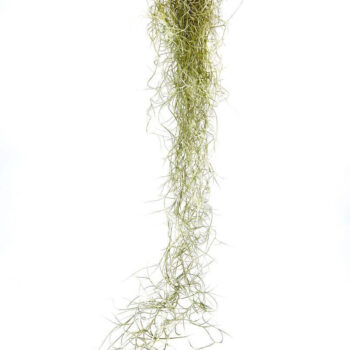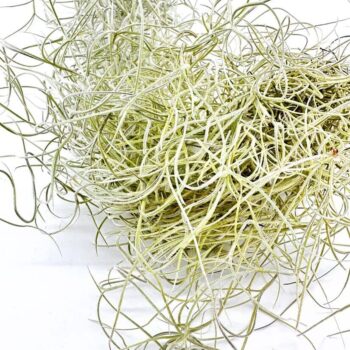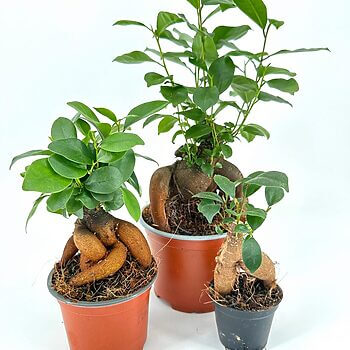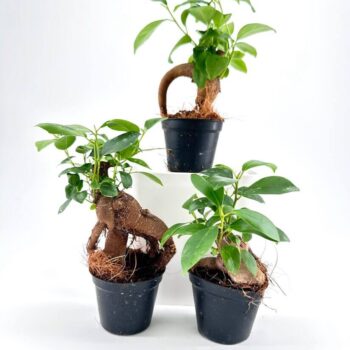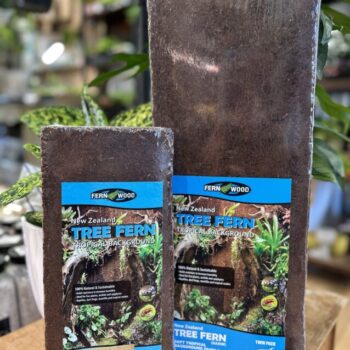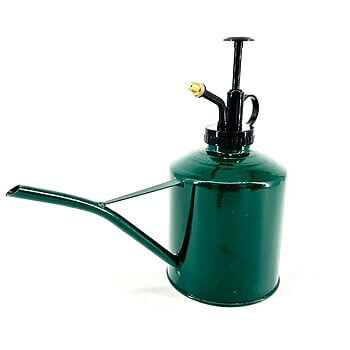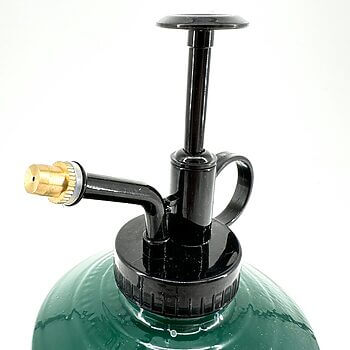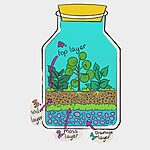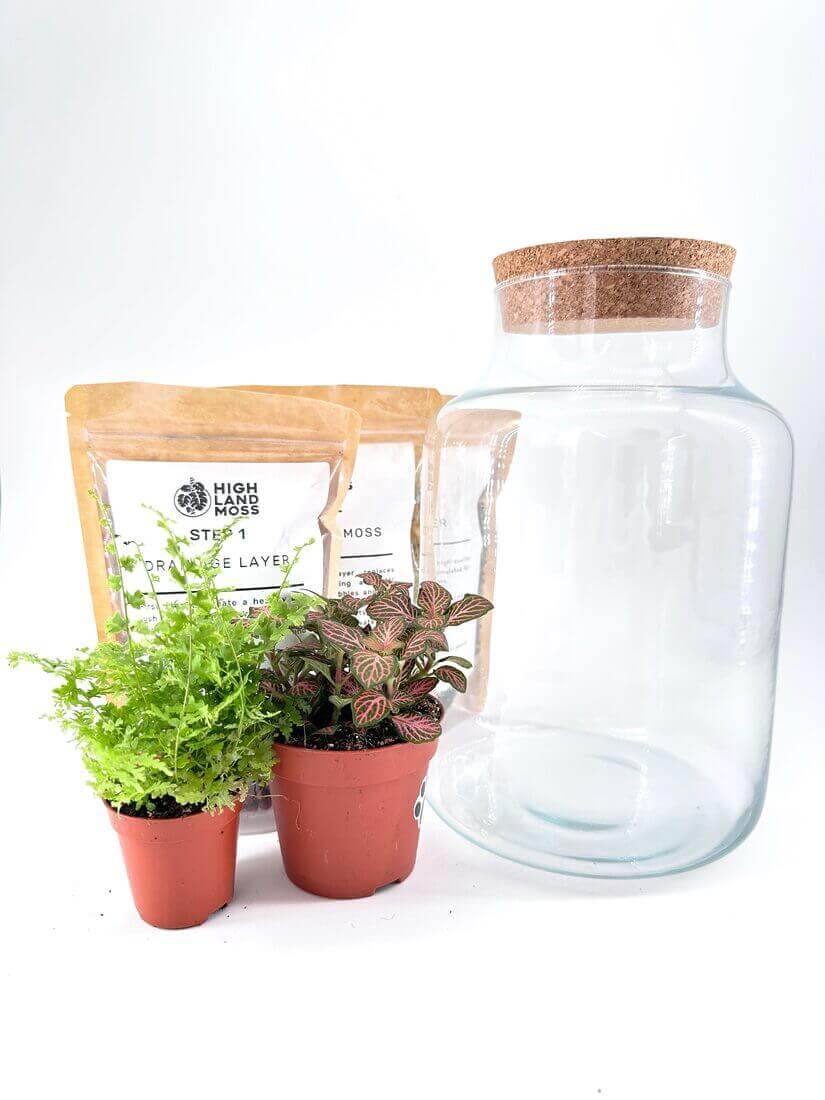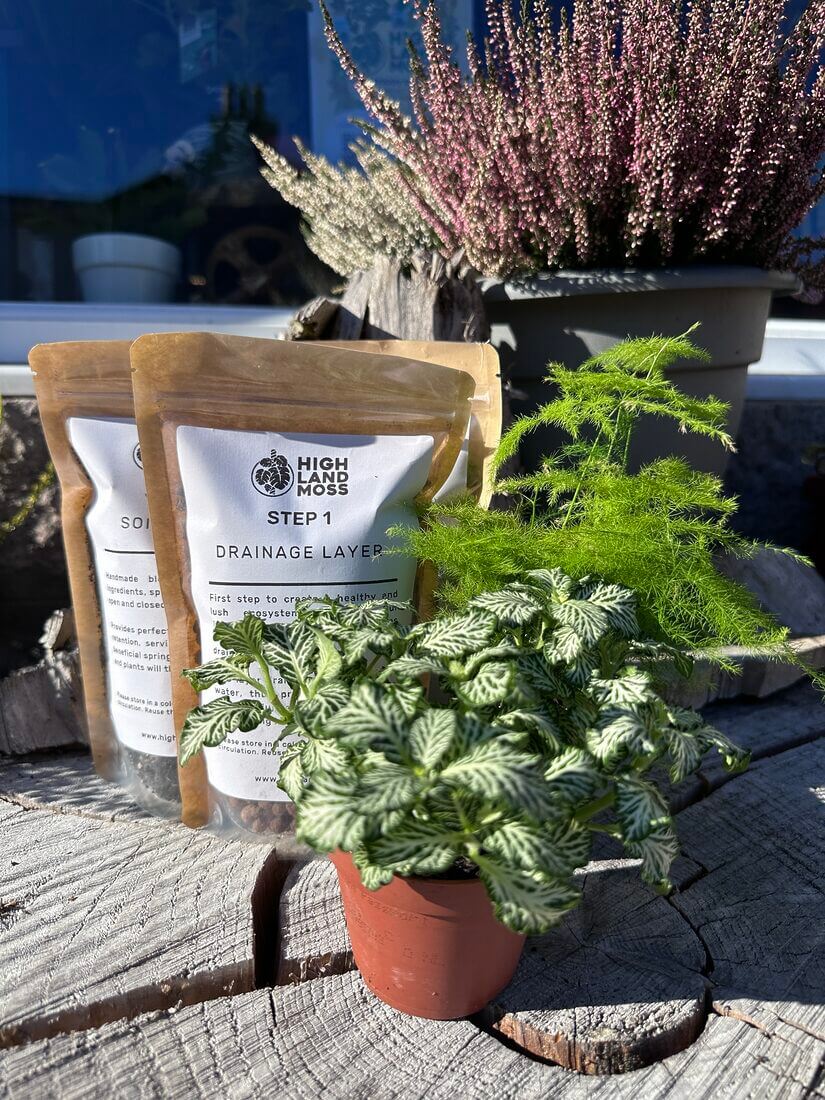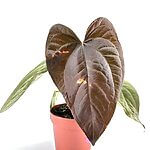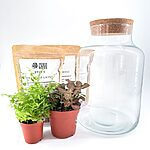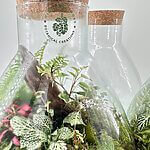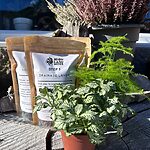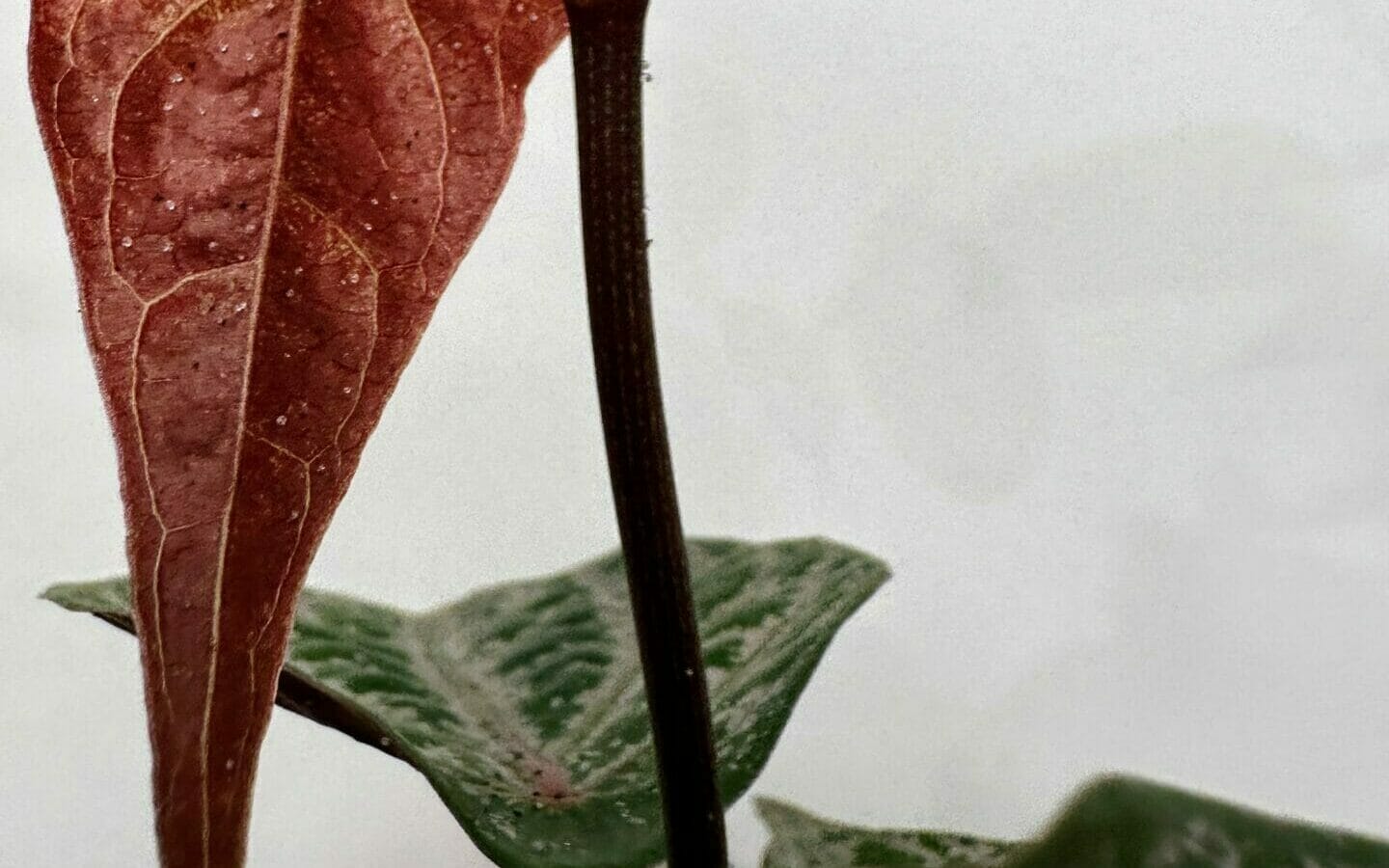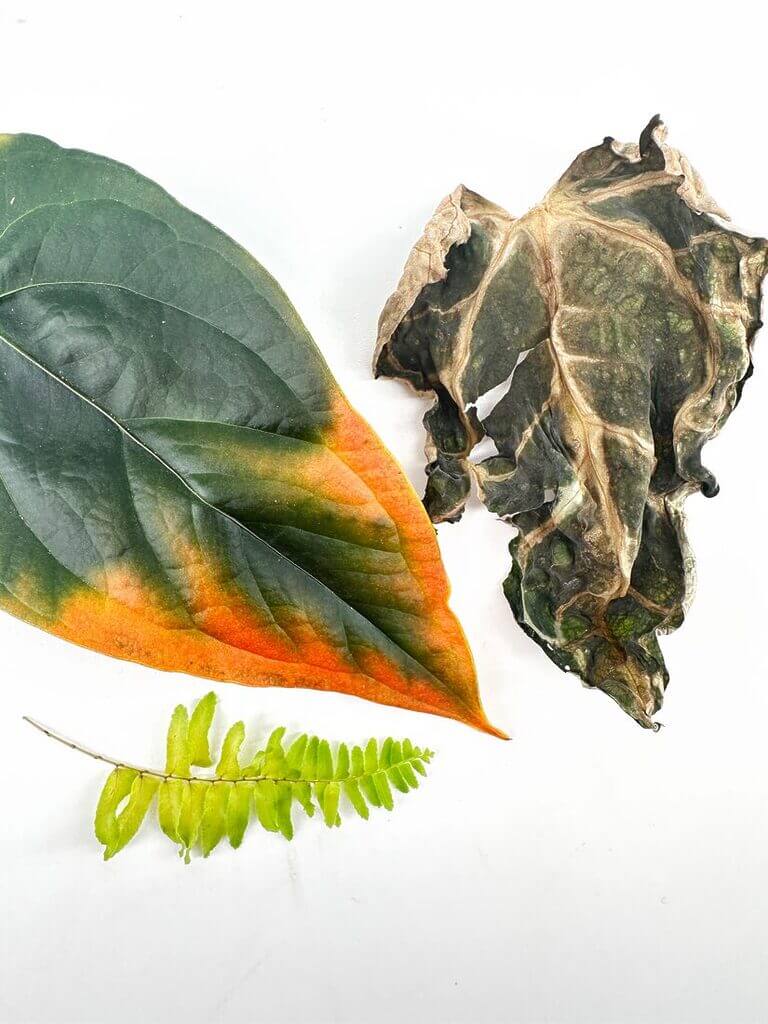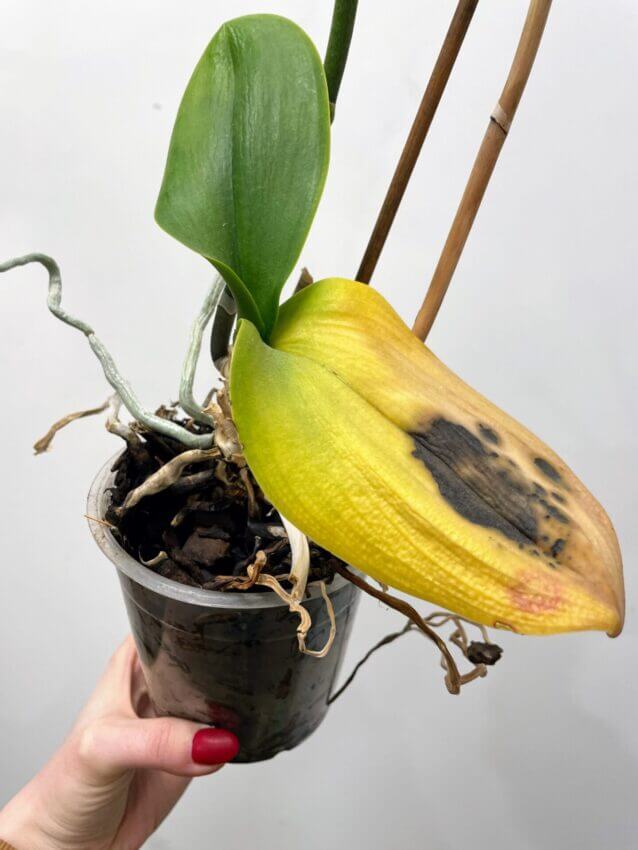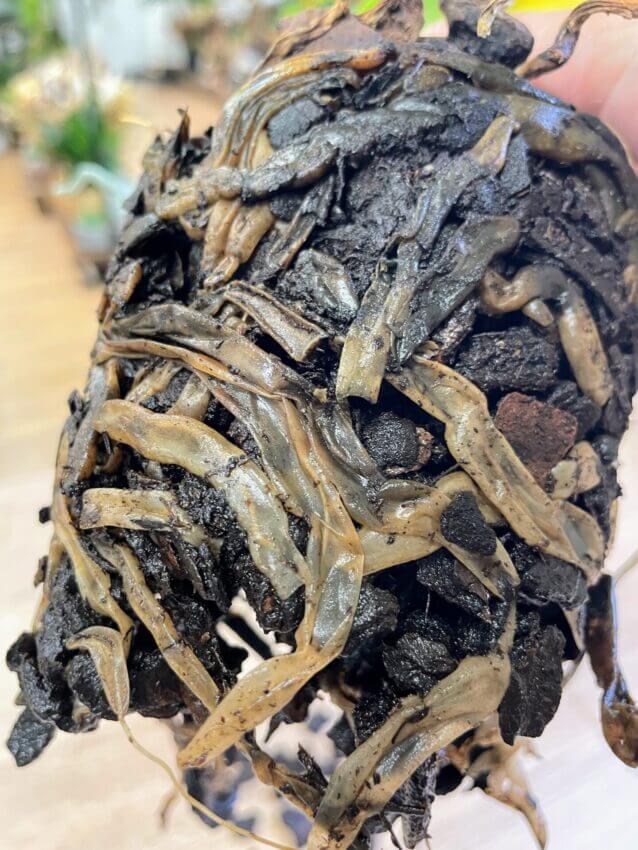It is not uncommon for inexperienced gardeners to mistake the black and white dots left by exudate for signs of a plant pest infestation. However, understanding the difference between the two is crucial for proper plant care and treatment.
Unlike pest damage, which typically results in irregular patterns, damaged layers of leaves or chewed edges, exudate’s dots are generally more uniform and can be easily rubbed off without damaging the leaf. Observing these characteristics can help differentiate between exudate and potential pest issues, ensuring the appropriate response and care for your plants.
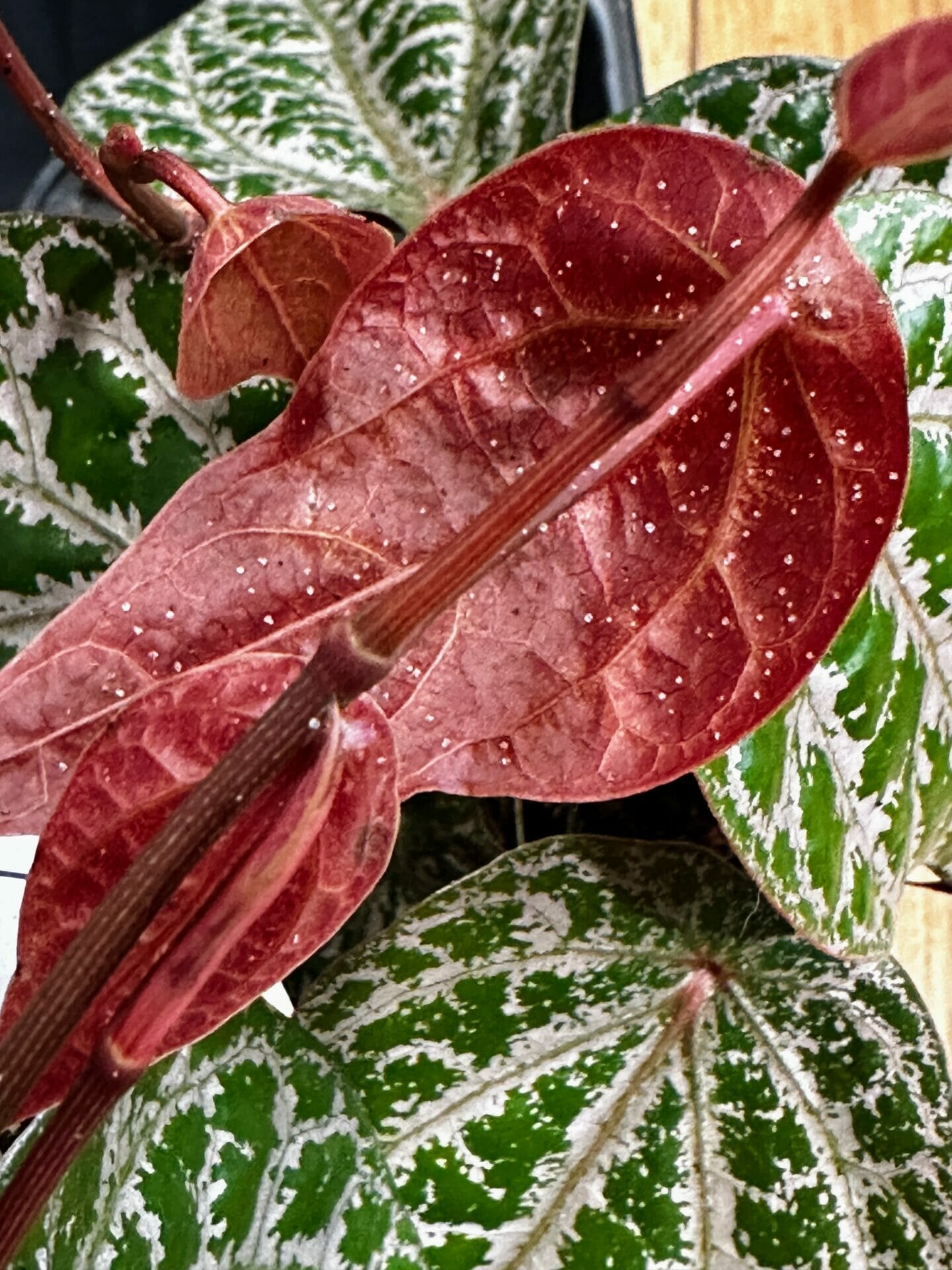
The Life Cycle of Exudate: From Clear Beads to Black Dots
Exudate is a very fascinating natural phenomenon that occurs in certain plants, including the beautiful Piper Sylvaticum or Cissus Discolour.
This intriguing process involves the plant releasing an excess of sugars and other compounds through tiny holes in the leaf tissues. Then sugars are exposed to the oxygen, forming clear, bead-like structures on the surface of the leaves which commonly are misrecognized as pest issues.
Over time, the clear beads of exudate dry out, oxidize and turn into small black dots on the leaves. These can be easily removed by rubbing them off with your fingers, or a soft cloth.
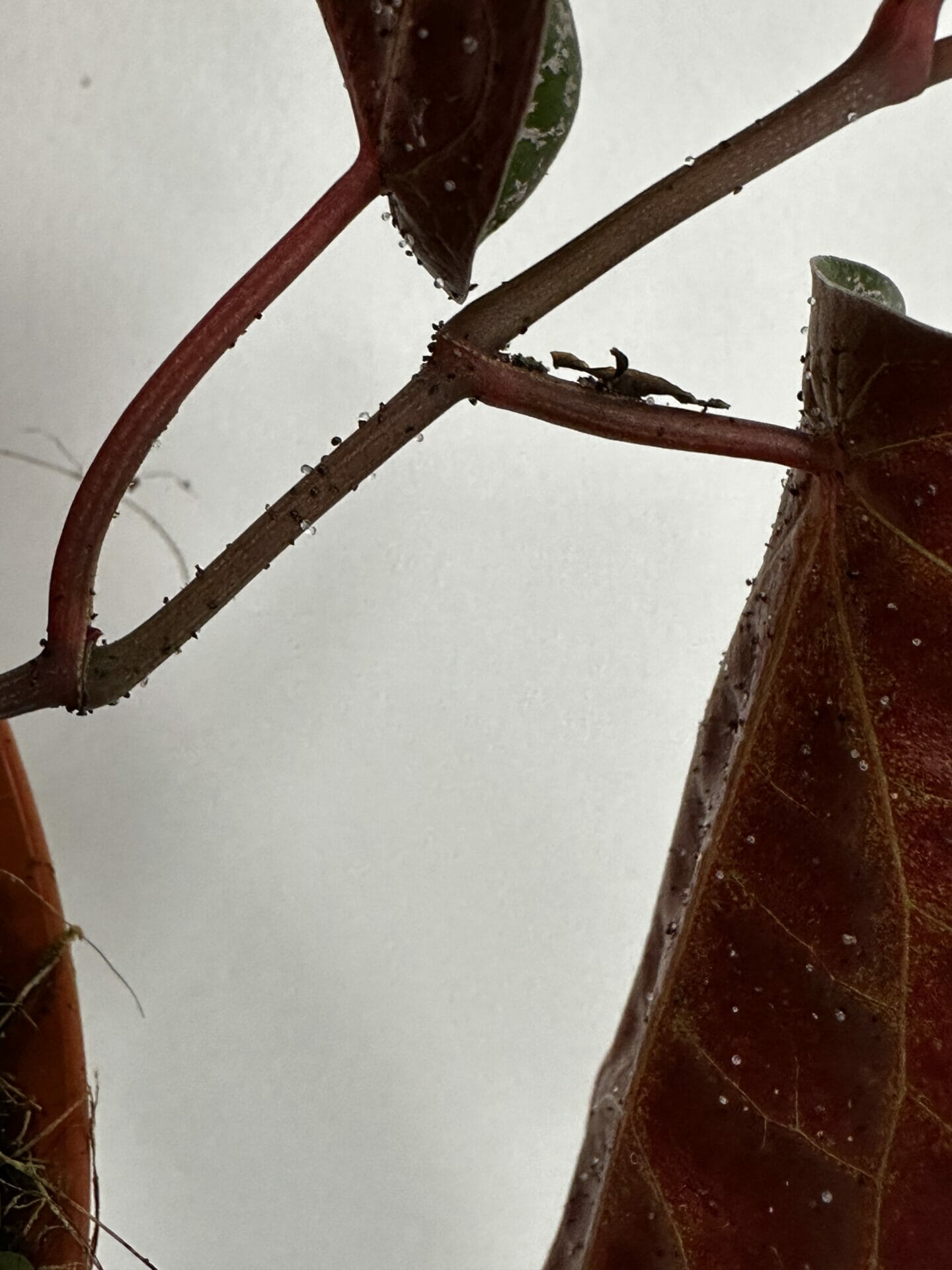
Exudate: A Response to Environmental Stress
The formation of exudate is usually a response to stress factors in the plant’s environment, including but not limited to overexposure to light or imbalances in water and nutrients.
When a plant experiences stress, it may produce more sugars than it can efficiently can be used in its metabolic processes. Exudate serves as a protection mechanism to release these excess sugars, ensuring the plant’s overall health and balance.
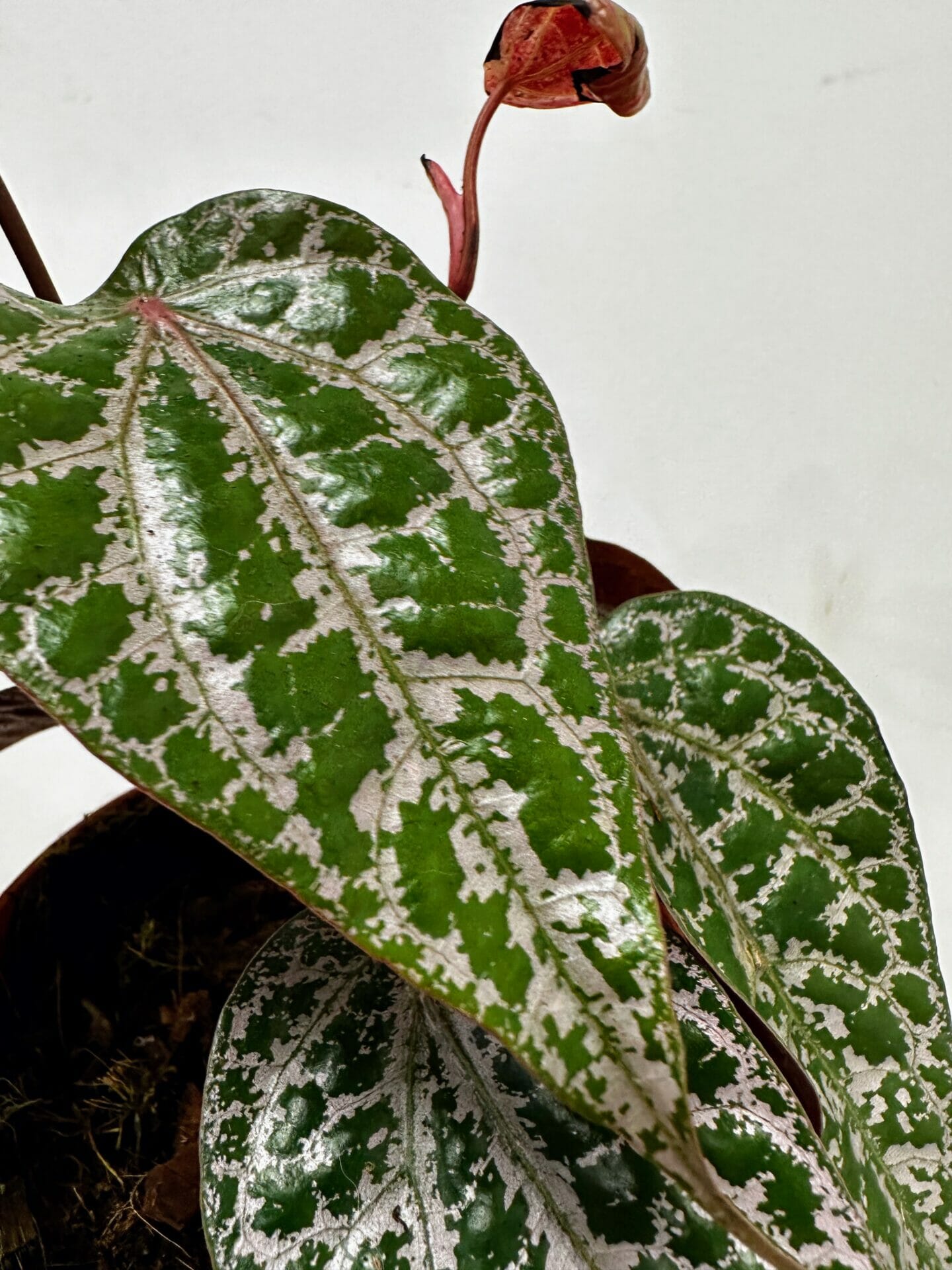
Identifying Exudate: A Useful Indicator
Although exudate is a completely natural process that does not harm the plant, it can be a useful indicator of the plant’s growing conditions. For example, the presence of exudate on a Piper Sylvaticum may signal that the plant is receiving too much light.
In this case, is advised to adjust the light exposure and it should prevent the formation of exudate in the future.

Purpose Of Exudate
Exudate can also serve other purposes for the plant. For instance, some plants exude sugary substances to attract beneficial insects including ants, that protect the plant from herbivorous pests.
In other cases, exudate can help protect the plant from water loss during hot and dry weather by sealing off the openings through which water might otherwise escape.
The exudate is an interesting natural phenomenon that highlights the adaptability and resilience of plants like Piper Sylvaticum. By understanding and Cissus Discolour.




